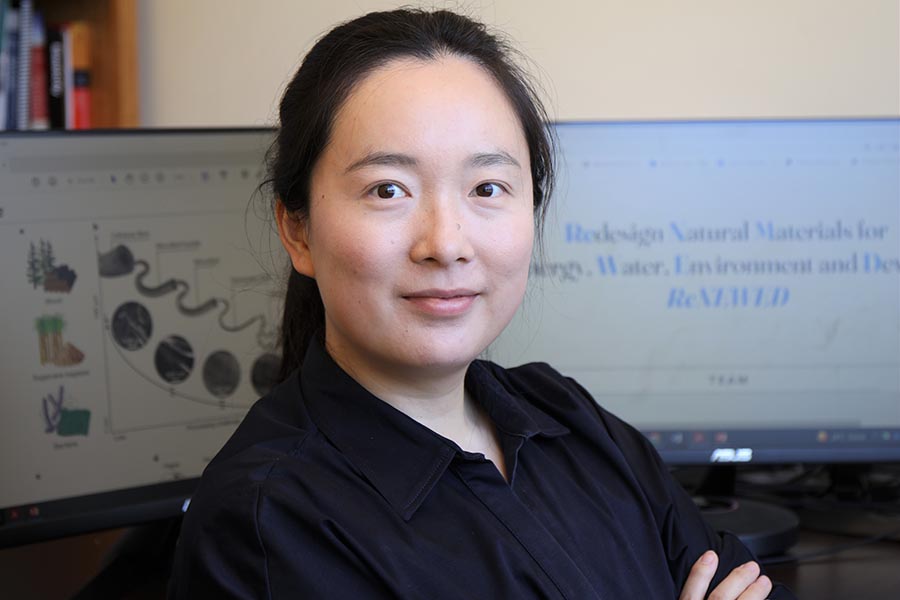Tian Li receives prestigious $875,000 Packard Fellowship

The Packard Fellowships for Science and Engineering are designed to encourage innovative, blue-sky thinking by providing maximum flexibility and support to scientists and engineers early in their careers. This flexibility allows Fellows to pursue trailblazing experimental research into critical issues like COVID-19 and climate change. Fellows have gone on to receive the highest accolades, including Nobel Prizes in Chemistry and Physics, Fields Medals, Alan T. Waterman Awards, Breakthrough Prizes, Kavli Prizes, and elections to the National Academies of Science, Engineering, and Medicine.
The Packard Fellowships were inspired by David Packard’s commitment to strengthening university-based science and engineering programs in the United States. He recognized that the success of the Hewlett-Packard Company, which he co-founded, was derived in large measure from research and development in university laboratories. Since 1988, the Packard Foundation has awarded $481 million to support 675 scientists and engineers from 54 national universities. The Packard Foundation also continues to be committed to supporting Fellows as they undertake a variety of self-directed initiatives to support diversity, equity, and inclusion in STEM through additional targeted grants.
Tian Li, assistant professor in the School of Mechanical Engineering, was recognized for her work in high-performing sustainable materials to develop carbon-neutral technologies. Her group is redesigning natural materials, like wood, in order to establish a toolbox of materials for sustainable solutions for the carbon drawdown, across energy, water, environment and devices. She recently also received a $958,000 grant from ARPA-E to develop this "living wood" with the strength of steel, self-healing capabilities and combined carbon-sequestering benefits from wood and microbes.
